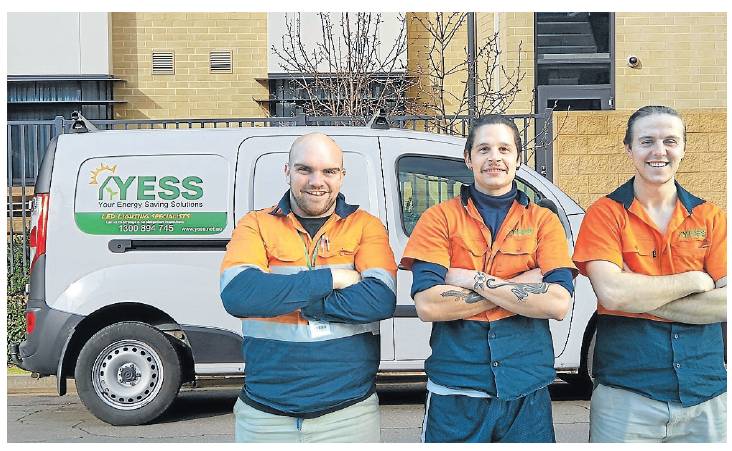Making the switch to cheaper bills is simple
A state government scheme can help with the cost of changing to using LED at home.
The simple act of changing the lightbulbs in your home can significantly reduce your carbon footprint and power bills.
LED lighting is the most energy-efficient standard lighting technology available, yet plenty of Victorian homes are still fitted with older incandescent, halogen and compact fluorescent lights (CFLs), which require more energy to run and produce more carbon emissions.
“One of the main benefits of LED is the reduction in cost to run them,” says Chris Cowan, the managing director of Your Energy Savings Solutions (YESS) and Priority Group Australia. “A lot less electricity is being used to light up your house, so you save money and, obviously, produce fewer greenhouse gases.”
The Victorian Energy Upgrades (VEU) program was introduced to help businesses and households. Under the program, Victorian businesses and households fitted with older lighting technology can get all incandescent, halogen and CFL globes and floodlights changed over to LED for free.
The scheme also partially subsidises the changing of downlights, which require rewiring. Customers pay a fee of less than $20 a downlight.
“A lot of people still don’t know about the scheme,” Cowan says. “When things are free, there’s that stigma that there may be something dodgy going on, but it’s a legitimate program provided by the Victorian government and, certainly in this instance, it’s one of those very rare things that is actually free and of benefit.”
Priority Group Australia is an accredited provider of the program and YESS is the installation partner, with electricians who install the globes. With an office and warehouse in Yarraville, YESS services all of greater Melbourne.
“If you ever touch an incandescent globe and it has been on for a little while, it’s going to be very hot. Basically, what’s happening is that your electricity is going into that lamp, and some is being used to create light, but most of that energy is being used to create heat,” he says. About 95 per cent of the electricity that goes into powering an incandescent bulb is wasted by producing heat energy, with the remaining 5 per cent converted to light. Incandescent lights are one of the oldest forms of electric lighting, around 60-75 watts in homes. By comparison, LED lights are seven watts and convert about 90 per cent of electricity into light.
“The difference between a 60-watt and a seven-watt globe is massive. If you have your lights on for six hours a day, it can add up to quite a bit, and you might have 20 or 30 globes in the house. It’s an amazing saving.
“LED lights are mostly made of recycled materials. They don’t have any gas in them like halogen lights and they haven’t got any mercury vapour like the CFLs, so they’re a lot cleaner and they last a lot longer because they’re not heating gas or a filament.
‘‘The lifetime of an LED globe is more than 30,000 hours, so you don’t have to change them as often and they’re cheaper to run.
“Everyone’s looking for ways to reduce their energy costs and impact on the environment, so we really encourage people to take up the offer because it’s there to help,” Cowan says.
‘A lot less electricity is being used to light up your house, so you save money.’
Chris Cowan
